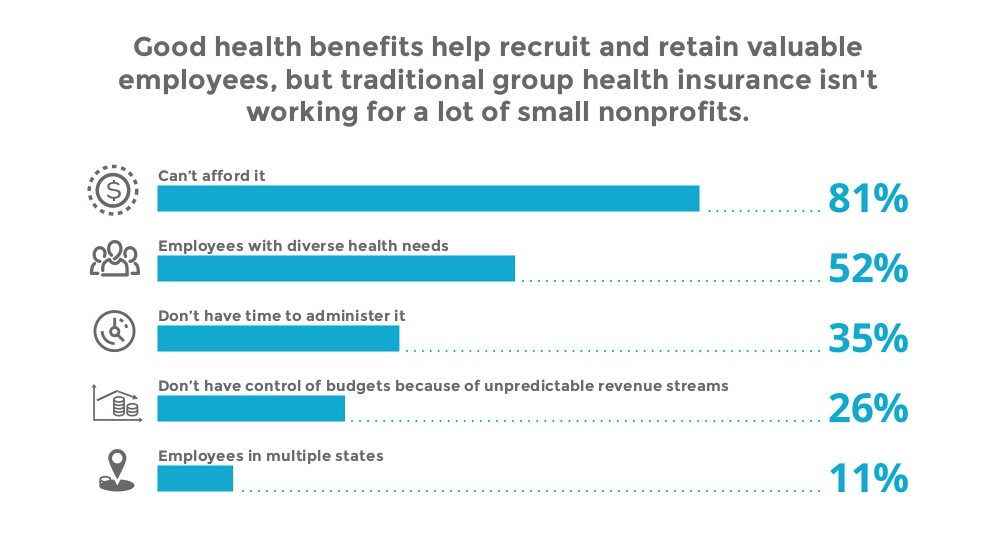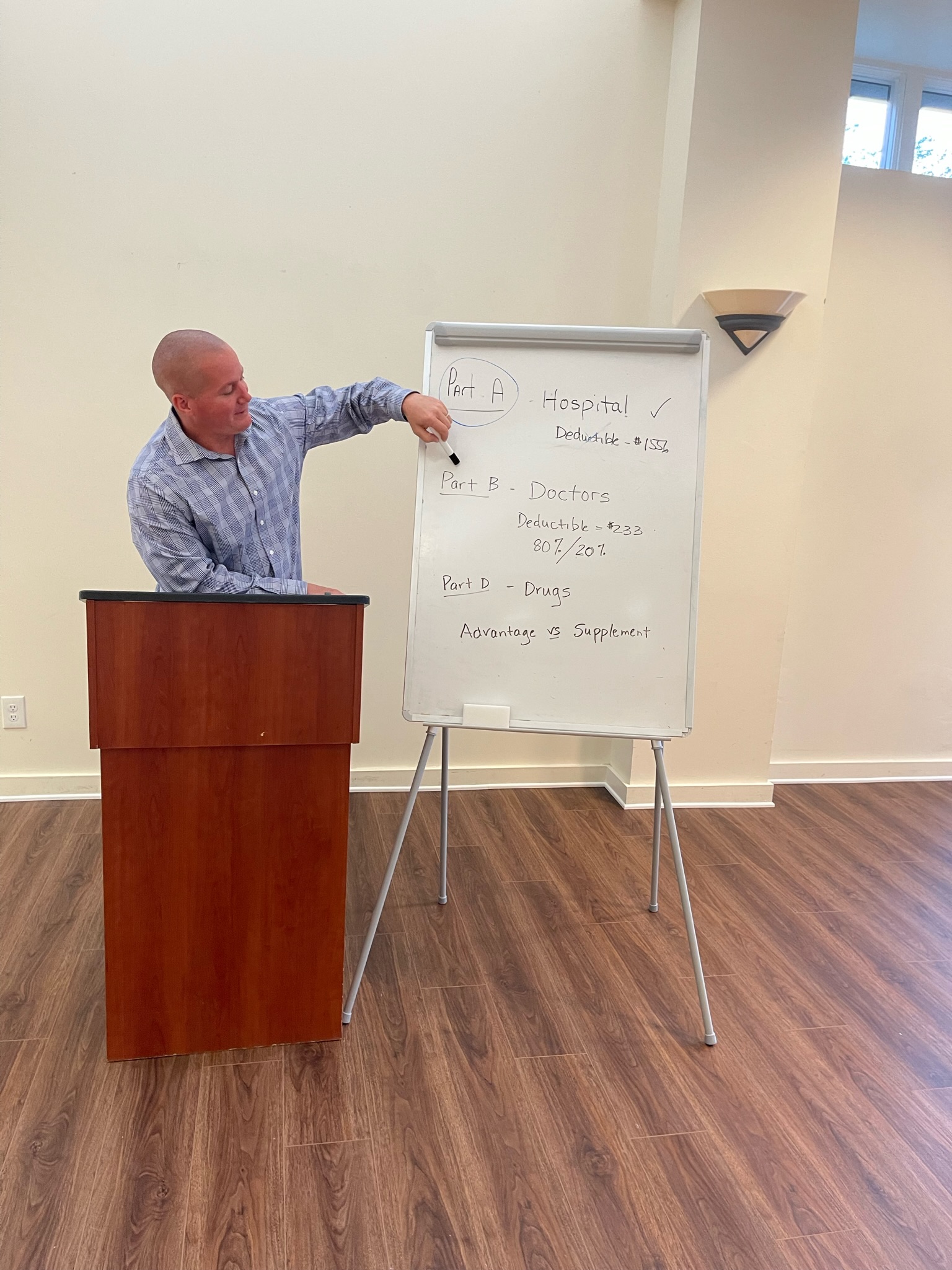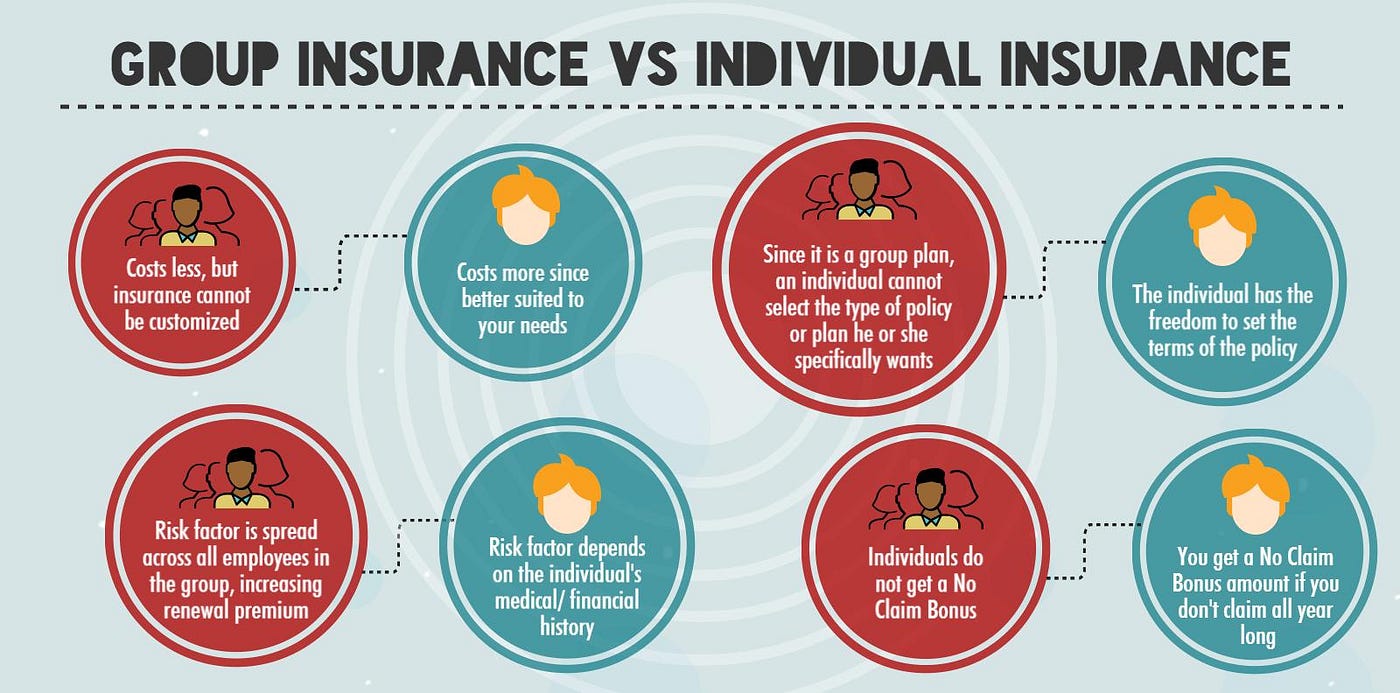Medicare Advantage Agent for Dummies
Medicare Advantage Agent for Dummies
Blog Article
Everything about Medicare Advantage Agent
Table of ContentsThe Best Strategy To Use For Medicare Advantage AgentThe Only Guide to Medicare Advantage AgentWhat Does Medicare Advantage Agent Mean?


follows from confusing the puzzling young fairly profile of account uninsured with without insurance better health, on average, standard younger persons. For those without access to office wellness insurance coverage, bad health and wellness is a prospective barrier to purchasing nongroup protection due to the fact that such protection may be highly priced, exclude pre-existing problems, or be merely inaccessible. Unless otherwise noted, national estimates of people without health and wellness insurance coverage and proportions of the population with different kinds of protection are based on the CPS, the most commonly utilized source of estimates of insurance policy coverage and uninsurance rates.

Top Guidelines Of Medicare Advantage Agent
Over a three-year period starting early in 1993, 72 million people, 29 percent of the united state populace, lacked protection for a minimum of one month. Within a single year(1994), 53 million people experienced at the very least a month without insurance coverage(Bennefield, 1998a). 6 out of every ten uninsured adults are themselves employed. Working does boost the likelihood that one and one's household members will certainly have insurance coverage, it is not a warranty. Also participants of family members with two full time wage income earners have practically a one-in-ten chance of being uninsured (9.1 percent uninsured price)(Hoffman and Pohl, 2000 ). The relationship between health insurance and access to care is well developed, as documented later in this chapter. The relationship in between health insurance and health and wellness results is neither straight neither straightforward, a considerable medical and wellness solutions research study literature web links health and wellness insurance policy coverage
to improved access accessibility care, better qualityTop quality and improved enhanced and population health status. The 2nd report, on individual health outcomes for uninsured adults, is stood for by the inner circle of the figure, while the third report, on family well-being, encompasses the topics of the 2nd record yet highlights a different device of analysis, particularly, the family. The 6th report in the series will certainly offer information about approaches and initiatives taken on in your area, statewide, or across the country to deal with the absence of insurance coverage and its adverse impacts. Degrees of evaluation for examining the results of uninsurance. This discussion of wellness insurance protection concentrates primarily on the U.S. populace under age 65 due to the fact that essentially all Americans 65 and older have Medicare or other public coverage.
Moreover, it focuses particularly on those without any medical insurance for any length of time. The issues faced by the underinsured are in some aspects similar to those dealt with by the without insurance, although they are generally less serious. Uninsurance and underinsurance, however, include clearly various plan issues, and the methods for addressing them might vary. Throughout this study and the 5 reports to follow, the major focus is on persons without any wellness insurance coverage and hence no support in paying for healthcare beyond what is offered with charity and safeguard establishments. Medical insurance is a powerful variable affecting invoice of care since both people and doctors react to the out-of-pocket rate of services. Medical insurance, nonetheless, is neither necessary nor adequate to access to clinical solutions. Nonetheless, the independent and straight effect of wellness
insurance policy coverage on access to health and wellness services is well established. Others will acquire the health treatment they require also without medical insurance, by paying for click over here now it expense or seeking it from service providers that supply treatment complimentary or at very subsidized prices. For still others, medical insurance alone does not ensure invoice of treatment due to various other nonfinancial obstacles, such as an absence of healthcare carriers in their neighborhood, limited access to transport, illiteracy, or etymological and cultural differences. Formal research regarding without insurance populaces in the USA dates to the late 1920s and early 1930s when the Committee on the Price of Medical Care created a collection of records regarding financing medical professional workplace visits and hospitalizations. This concern became salient as the numbers of medically indigent climbed up during the Great Anxiety. Empirical studies regularly sustain the web link in between accessibility to care and boosted wellness outcomes(Bindman et al., 1995; Starfield, 1995 ). Having a regular source of treatment can be considered a forecaster of gain access to, as opposed to a direct measure of it, when wellness results are themselves utilized as accessibility signs. This expansion of the concept of accessibility dimension was made by the IOM Committee on Checking Accessibility to Personal Health And Wellness Care Solutions(Millman, 1993, p. Whether moms and dads are insured shows up to affect whether or not their children receive treatment along with just how much careeven if the children themselves have coverage(Hanson, 1998). The health of parents can impact their capacity to look after their kids and the degree of family tension. Stressing over their children's access to care is itself a resource of anxiety for moms and dads. Three chapters adhere to in this record. Phase 2 offers an overview of exactly how employment-based health insurance coverage, public programs and check individual insurance plan run and communicate to offer extensive but incomplete coverage of the U.S. population. This consists of an evaluation of historic patterns and public laws impacting both public and private insurance, a conversation of the interactions among the different kinds of insurance, and an evaluation of why people relocate from one program to another or wind up

Report this page